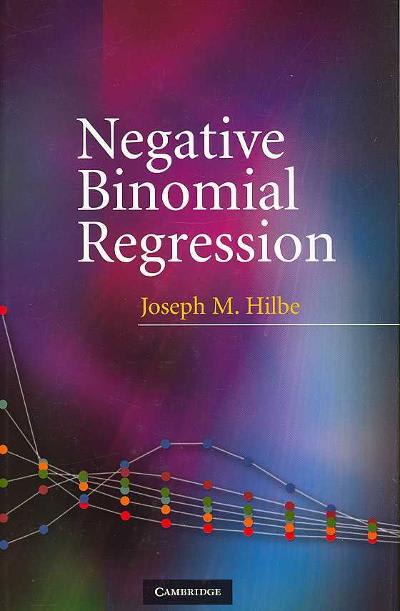Answered step by step
Verified Expert Solution
Question
1 Approved Answer
4. Suppose Y has c.d.f. F(1) = 13 for 0 4. Suppose Y has c.d.f. F(r) = P for 0 < t < 1. (a)

4. Suppose Y has c.d.f. F(r) = P for 0 < t < 1. (a) (b) (c) (d) (e) (f) (g) (j) Compute F(3). Determine the p.m.f. or p.d.f. of Y, whichever is appropriate. Compute PO' = 1/2}. Before computing the mean, graph the p.d.f.. Will the mean be between O and 1/2 or between 1/2 and 1 ? Compute Ely]. Compute E[Y2]. Compute the variance of Y. (h) Compute 1/4 IY 1/2}. (i) Compute 1/2}. Let I be the interval defined by {t e RIF(t) 1/27}. The interval I is of the form I = [b, 03) where b equals what?
Step by Step Solution
There are 3 Steps involved in it
Step: 1

Get Instant Access to Expert-Tailored Solutions
See step-by-step solutions with expert insights and AI powered tools for academic success
Step: 2

Step: 3

Ace Your Homework with AI
Get the answers you need in no time with our AI-driven, step-by-step assistance
Get Started


